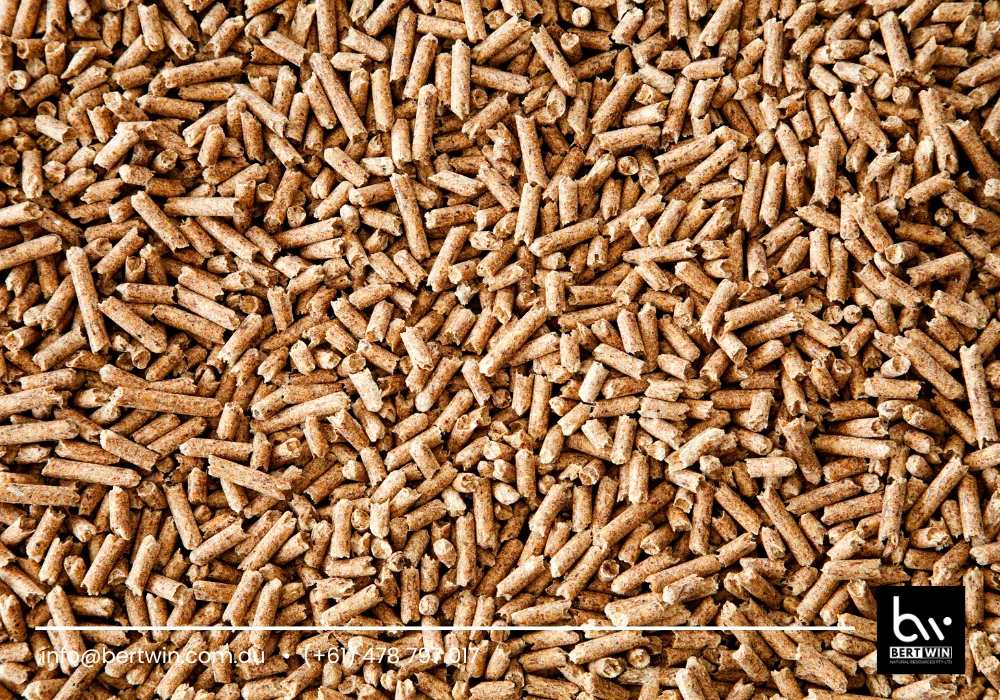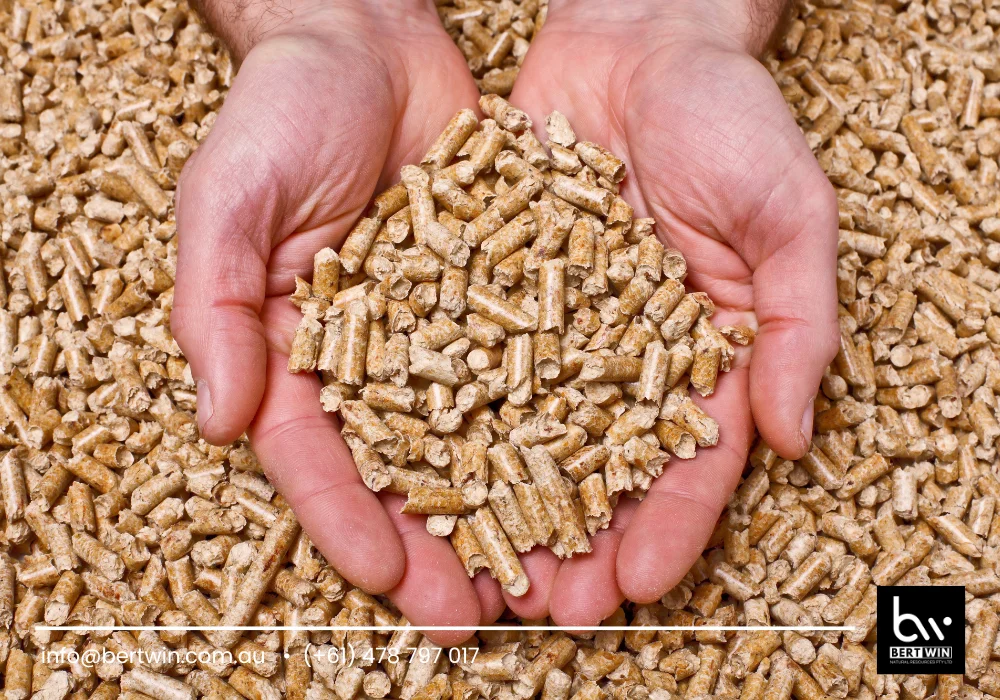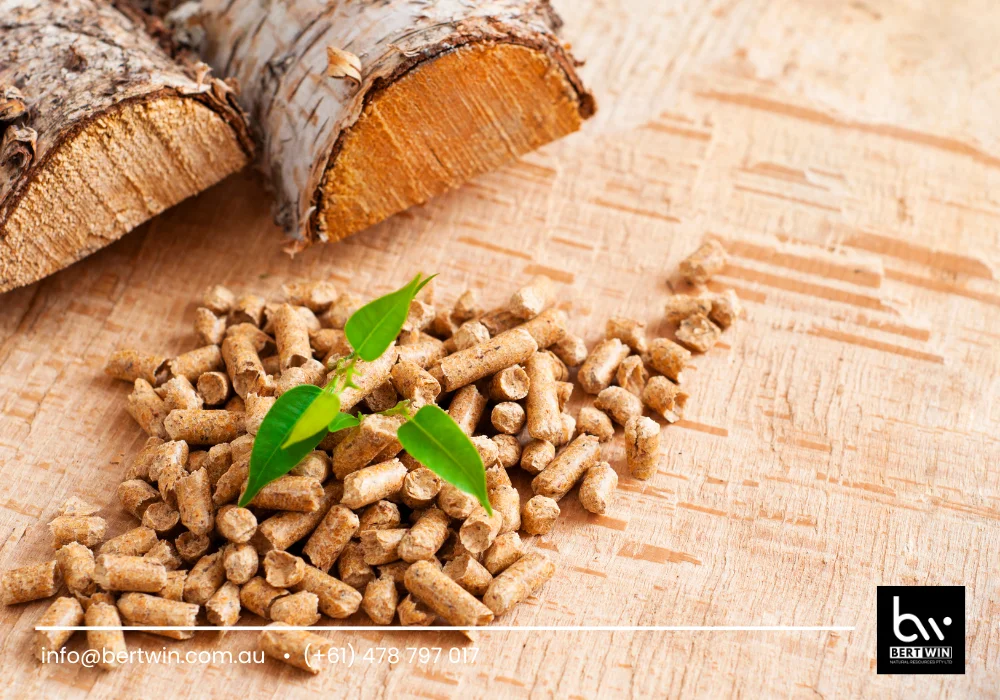
Understanding small wood pellet prices is crucial for anyone considering this eco-friendly energy source. With rising energy costs and average import prices, many are turning to wood pellets for heating, cooking, and exports. Prices can vary based on factors like quality, location, and supplier. Finding the best deal means not only saving money but also ensuring you choose a reliable product. This guide will break down what influences these prices and how to make informed decisions.
Overview of Pellet Pricing
Current Prices in Australia
Small wood pellet prices in Australia vary based on location and supplier. On average, consumers pay around AUD 300 to AUD 400 per tonne. Prices fluctuate due to demand and availability. In some regions, local pellet fuel market conditions can lead to higher costs. Export prices also impact local pricing. The average wood pellets export price has been recorded at approximately AUD 250 per tonne.
Types and Quality Variations
Different types of wood pellets exist in the market. They vary by material source and quality. Premium pellets often come from softwoods, providing higher energy content. Lower-grade pellets may include sawdust or mixed wood sources. Quality affects both pellet heating efficiency and overall cost. Retailers usually provide information on the specific type of pellets they offer.
Local Supply Factors
Local supply factors play a crucial role in pricing. Availability of raw materials influences production costs. Regions with abundant timber resources tend to have lower prices for wood pellets. Seasonal changes can also affect supply levels. During colder months, demand rises, leading to potential price increases. Understanding these local dynamics helps consumers make informed decisions.
Price Trends and Forecasts
Trends from 2023 to 2025
Small wood pellet prices have shown fluctuations in recent years. In 2023, the average price per tonne was around £200. Analysts expect prices to rise gradually due to increased demand for renewable energy sources. By 2024, projections suggest a potential increase of 5-10%. This trend may continue into 2025 as more consumers turn to sustainable heating options.

Factors Influencing Changes
Several factors impact of small wood pellet prices. Supply chain disruptions can lead to higher costs. Weather conditions also play a significant role. For example, harsh winters increase demand for heating, driving prices up. Government policies promoting green energy can affect market dynamics. Increased production costs, such as raw material prices, further influence the final cost of pellets.
Predicted Future Costs
Future price costs for small wood pellets are expected to continue rising. By 2025, experts predict prices could reach approximately £220 per tonne. The shift towards eco-friendly fuels will likely sustain this upward trajectory. Market analysts recommend monitoring these trends closely. Staying informed helps consumers make better purchasing decisions in the long run.
Import and Export Dynamics
Impact on Local Prices
Exports of small wood pellets significantly influence local prices. When demand increases abroad, suppliers often prioritise international contracts. This can lead to a shortage in the domestic market, driving up local prices. For instance, in 2021, the UK saw a rise in pellet exports to Europe. As a result, local consumers faced higher costs due to reduced availability.
Key Supplying Countries
Several countries dominate the wood pellet export market. The United States leads with substantial production capacity. Canada follows closely behind, exporting large quantities to Europe. Other notable suppliers include Russia and Latvia. These nations benefit from abundant forest resources and established logistics networks. Their ability to meet global demand shapes the competitive landscape.

Potential Overseas Markets
Emerging markets present new opportunities for wood pellet exports. Countries in Asia, such as Japan and South Korea, are increasing their use of biomass pellet for energy. This shift opens avenues for exporters. European nations continue to seek sustainable energy sources, enhancing demand for wood pellets. The potential for growth in these overseas markets could further impact local pricing dynamics.
Closing Thoughts
Understanding small wood pellet prices is crucial for making informed decisions. You’ve seen how pricing trends and import-export dynamics shape the market. Staying updated helps you plan your purchases wisely and budget effectively.
Keep an eye on the forecasts to anticipate changes. Knowledge is power in this fluctuating market. Whether you’re a supplier or a consumer, being proactive can save you money and ensure you get the best value. Dive deeper into the details, and don’t hesitate to explore more resources. Your informed choices today will pay off tomorrow.
Frequently Asked Questions
What factors influence small wood pellet prices?
Small wood pellet prices are influenced by raw material costs, production methods, regional demand, and seasonal variations. Supply chain disruptions can also lead to price fluctuations.
How do import and export policies affect pellet pricing?
Import and export policies can significantly impact pricing. Tariffs, trade agreements, and shipping costs all play a role in determining the final price of wood pellets in different markets.
Are there seasonal price changes for wood pellets?
Yes, wood pellet prices often fluctuate seasonally. Demand typically increases during colder months, leading to higher prices. Conversely, prices may drop during warmer seasons when demand is lower.
Where can I find the best deals on wood pellets?
To find the best deals, compare prices from local suppliers, online retailers, and bulk purchase options. Seasonal sales and discounts can also provide savings.
How does the quality of wood pellets affect their price?
Higher-quality wood pellets, made from premium materials with lower moisture content, generally command higher prices. Investing in quality ensures better efficiency and performance in heating applications.
What is the average price range for small wood pellets?
The average price for small wood pellets typically ranges from £200 to £300 per tonne. Prices can vary based on location, supplier, and quality of the pellets.
Can I expect future price increases for wood pellets?
Future price trends for wood pellets may show increases due to rising production costs, environmental regulations, and growing demand for renewable energy sources. Staying informed about market trends is essential.
In conclusion, if you are eager to delve deeper into the details of coir products, feel free to explore our website at www.bertwin.com.au. Additionally, for direct and instant connection with our team, you can reach us through the following WhatsApp link here. We look forward to providing you with the information and assistance you need.
